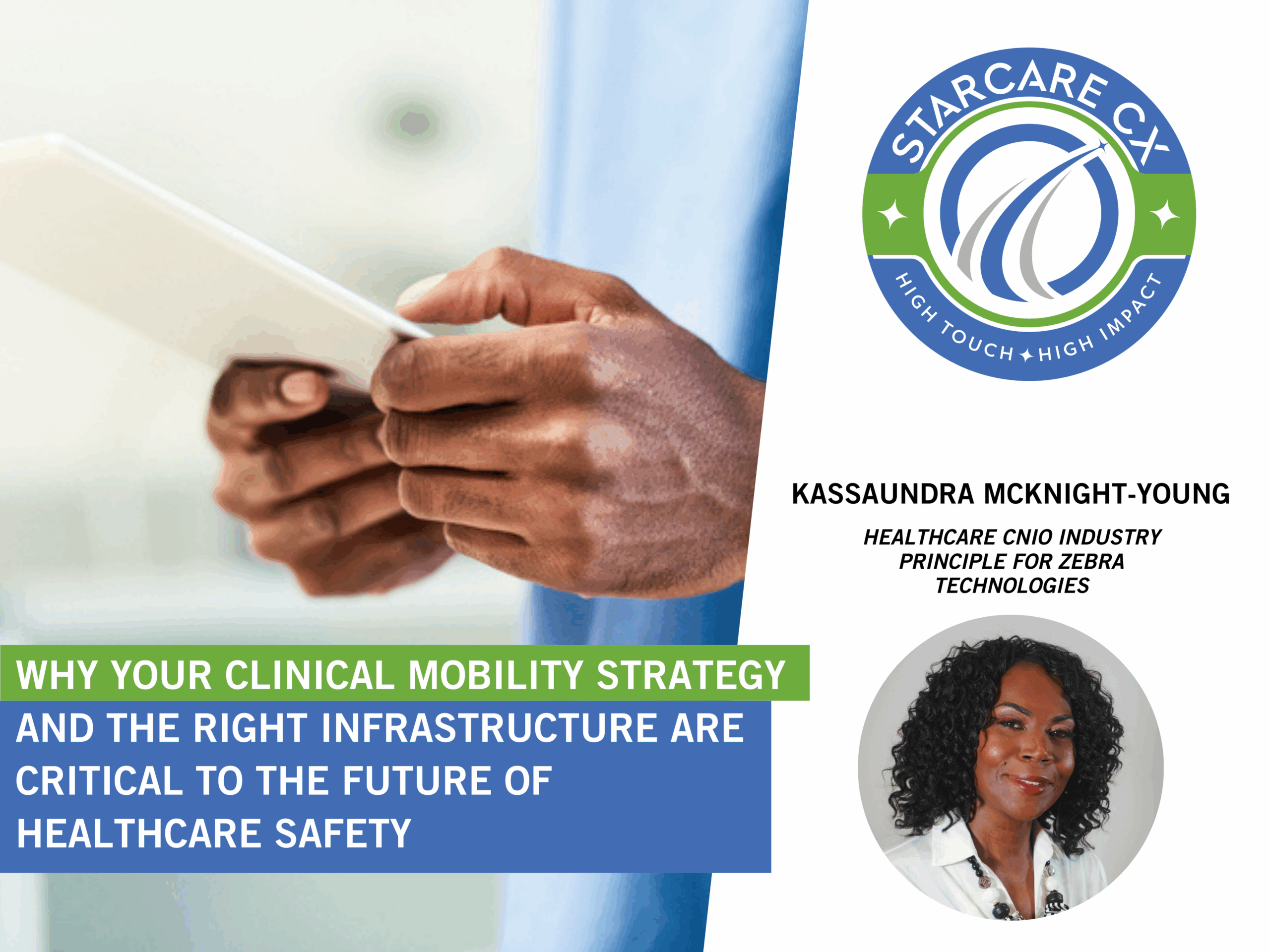
Quick summary:
- Advancements in technology now allow healthcare professionals to access real-time data, enabling quick responses to patient needs. This ensures faster decision-making and improved care delivery.
- Wearables such as smartwatches and fitness trackers continuously monitor health metrics like heart rate and sleep patterns. These devices provide valuable insights into a patient’s health, allowing for proactive interventions before issues escalate.
- Telehealth and virtual consultations are growing rapidly, expanding access to healthcare, especially in rural or underserved areas. These solutions allow patients to receive medical attention without the need for travel, saving time and reducing healthcare costs.
- Automation tools and predictive analytics are being implemented to streamline hospital operations, from scheduling to resource management. These technologies enhance efficiency and contribute to better patient outcomes.
- By integrating artificial intelligence, machine learning, and advanced data analysis, healthcare systems are becoming more accurate in diagnosing conditions and predicting potential risks, leading to better patient safety and long-term health outcomes.
Why Infrastructure and Clinical Mobility are Critical to the Future of Healthcare Safety
In fast-paced care environments, technology isn’t just helpful—it’s essential. From patient rooms to critical care units, smart devices and real-time systems are reshaping the way healthcare is delivered. But real impact doesn’t come from tech alone. It comes from infrastructure, preparation, and solutions designed to work the way clinicians do.
Clinical mobility—the ability for care teams to access information, collaborate, and respond while on the move—is at the heart of safer, more responsive healthcare. When systems are thoughtfully implemented and supported by strong infrastructure, clinicians are empowered to deliver care that’s faster, smarter, and more human.
Imagine a world where information flows seamlessly, where medical staff can respond in real-time, and where safety is never an afterthought. That’s the future of healthcare, and it’s already happening.
The Power of Infrastructure
Infrastructure is the invisible framework that makes everything work. Think of it as the sturdy backbone that supports every cutting-edge technology and every life-saving decision. Without it, even the best devices would fall short.
Kassaundra McKnight-Young, Healthcare CNIO Industry Principal at Zebra Technologies, knows this better than most. With a background as a nurse leader and deep expertise in clinical informatics, Kassaundra brings a uniquely grounded perspective to healthcare innovation. Her mission? Ensuring mobile technology, wearable devices, and clinical tools are reliable, secure, and ready when it matters most.
It’s not as easy as throwing the devices out there and expecting it to work. McKnight-Young shares that there has to be readiness—testing, validating, and designing infrastructure that supports real-time care. Because when these pieces are thoughtfully implemented, caregivers can access critical data on the go, communicate effortlessly, and respond to emergencies without delay.
“If you can think it, it can happen,” she says. With mobile platforms, handheld devices, and cloud-based tools, today’s healthcare providers are no longer tethered to stationary workstations. Instead, they’re empowered to make real-time decisions on the move—delivering more responsive, connected, and patient-centered care.
The Art of Turning Data into Action
Enter clinical informatics, the secret sauce that turns raw data into actionable insights. It’s not just about collecting information; it’s about transforming that information into something meaningful for doctors, nurses, and patients.
“I think a lot of hospitals have stopped using informaticists… but that’s just the start,” McKnight-Young says. “We’re needed because it’s about workflow optimizations.” Clinical informatics isn’t just about making things more efficient; it’s about empowering healthcare professionals with the right tools to do their best work. By identifying pain points and streamlining processes, informaticists ensure that data isn’t just sitting there—it’s actively driving better decisions and faster interventions.
For healthcare teams, this means quicker access to patient history, real-time updates on vital signs, and the ability to make critical decisions without scrambling for a file. This proactive approach allows clinicians to spend less time searching for information and more time focusing on the patient in front of them.
Why Clinical Mobility Must Be Purposeful
The most successful healthcare technology initiatives don’t start with devices—they start with questions: Does this fit into our workflows? Are we ready to deploy and support it? Will this help us deliver safer, better care?
Whether it’s equipping a new hospital wing or upgrading mobile workflows in a legacy system, Zebra works hand-in-hand with clinical leaders to assess infrastructure, test solutions, and roll out mobility platforms that don’t just check boxes—they transform care.
Saving Lives, One Second at a Time
In healthcare, seconds count. When a patient’s condition changes suddenly, waiting isn’t an option. That’s where real-time access to patient data comes in. With mobile devices and integrated systems, healthcare providers can receive alerts, updates, and orders on the go, no matter where they are in the facility. This means faster response times, quicker decision-making, and ultimately, better outcomes for patients.
Healthcare workers face some of the most demanding and dangerous situations—often with little room for error. That’s why staff safety is just as crucial as patient care, and technology is stepping up to help. Wearable devices, safety apps, and discreet alert systems are transforming how staff protect themselves.
“I can discreetly call for help without anybody knowing, and they can come locate me and help me,” McKnight-Young says. Imagine being in a high-pressure situation, where your hands are full, and you need help fast. These devices allow staff to alert security or call for assistance without drawing attention, giving them the peace of mind they need to focus on care.

What’s Next for Healthcare Technology?
Behind every technological advancement is a team of passionate individuals who believe in the power of innovation. For those working in healthcare technology, it’s not just about implementing the latest in tech—it’s about making a difference. And that passion drives them to push the boundaries, constantly asking: How can we make things better? How can we use technology to create safer, more effective environments for both patients and staff?
As healthcare continues to evolve, the role of technology will only grow. From improving workflows and optimizing data to enhancing real-time collaboration, the possibilities are endless. The goal isn’t just to keep up with the times—it’s to shape the future of healthcare in a way that truly improves lives.
Interested in learning more about our services? Visit our website, or tune into our episodes on our podcast page or any other podcast streaming service.
To Watch on our YouTube Channel click the link here: https://youtu.be/pDmU1G9RXwA
Kassaundra McKnight-Young, MSN, RN, NI-BC, is the CNIO at Zebra Technologies Corporation with 30 years of experience in healthcare. Committed to driving nursing excellence through technology integration, she champions patient safety, staff empowerment, and healthcare innovation. Known for her collaborative approach and problem-solving skills, Kassaundra thrives in dynamic environments where innovation meets real-world application.
